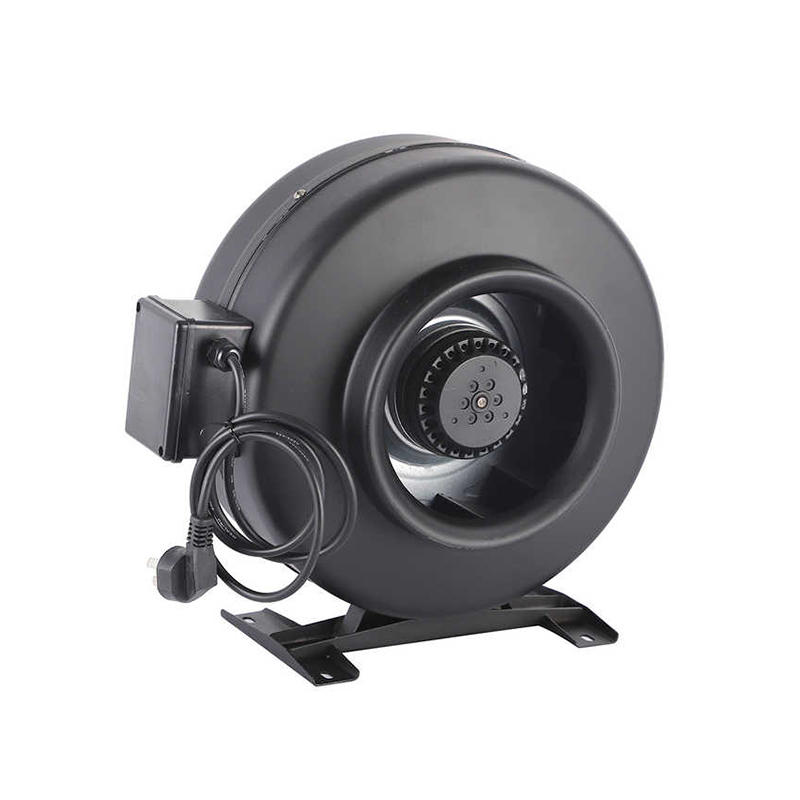Qinlang focuses on providing high-quality products and considerate services, and is committed to meeting every expectation of our customers.
The DKT-133 Cooling Ventilation Double Inlet Air Conditioning Fan is d...
See Details
Mixed flow inline duct fans have become an essential component in modern HVAC systems, offering significant energy-saving benefits while maintaining efficient airflow and ventilation. These fans combine the characteristics of axial and centrifugal fans, providing superior performance in various applications, from residential to industrial ventilation systems. Understanding how mixed flow inline duct fans contribute to energy savings highlights their growing importance in both energy-efficient design and cost management.
One of the primary ways that mixed flow inline duct fans contribute to energy savings is through their efficient design. These fans utilize a hybrid system that combines the direct airflow of axial fans with the pressurizing abilities of centrifugal fans. This combination allows mixed flow inline duct fans to achieve a higher static pressure with less energy consumption compared to traditional fan types. The result is a fan that can maintain strong airflow and pressure even in longer ductwork or systems with higher resistance, all while using less power.
The energy efficiency of mixed flow inline duct fans is also influenced by their ability to maintain consistent airflow at lower speeds. Unlike traditional fans that may need to operate at higher speeds to overcome airflow resistance, mixed flow inline duct fans are designed to provide optimal airflow even at reduced speeds. By operating at a lower speed, the fan consumes less electricity, making it more energy-efficient over time. This can lead to significant savings on energy bills, especially in systems that run for extended periods.
Another way mixed flow inline duct fans contribute to energy savings is through their integration with variable speed controls. These fans can be paired with advanced controls that adjust the fan speed based on real-time system demands. For example, if the system requires less ventilation during off-peak hours or during periods of low activity, the fan speed can automatically decrease, reducing energy usage. Conversely, when higher airflow is needed, the fan can ramp up its speed efficiently without excessive energy consumption. This dynamic adjustment ensures that energy is used only when necessary, leading to further savings.
Mixed flow inline duct fans are known for their quiet operation, which is an often-overlooked but important factor in energy savings. A quieter fan usually operates with less friction and mechanical stress, which translates into reduced energy consumption. Fans that operate at lower noise levels often do so because they are designed to minimize turbulence and vibration, which not only enhances the fan’s lifespan but also reduces the overall power required for operation.
The compact and versatile design of mixed flow inline duct fans also contributes to energy efficiency in HVAC systems. These fans can be easily installed in tight spaces, allowing for more flexible and optimized ventilation setups. Their ability to be integrated into smaller, more efficient systems means that energy is not wasted on over-sized components or inefficient ductwork layouts. By streamlining the installation and operation process, mixed flow inline duct fans ensure that energy is used more effectively.
In addition to their direct energy-saving capabilities, mixed flow inline duct fans also help reduce the overall energy consumption of HVAC systems by improving system performance. These fans enhance airflow distribution, ensuring that air is delivered more efficiently throughout the duct network. This improved performance reduces the workload on other system components, such as compressors or heating units, which in turn decreases their energy usage.
Mixed flow inline duct fans play a significant role in energy savings by combining efficient design, variable speed control, quiet operation, and system optimization. Their ability to provide consistent airflow with less energy consumption makes them an excellent choice for both residential and commercial HVAC systems. By integrating mixed flow inline duct fans into ventilation systems, businesses and homeowners can reduce energy costs while maintaining effective air circulation. Understanding how these fans contribute to energy efficiency underscores their importance in sustainable and cost-effective HVAC design.